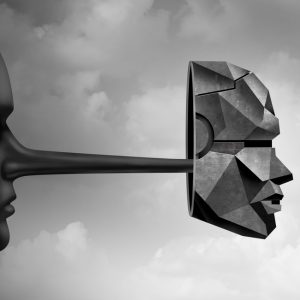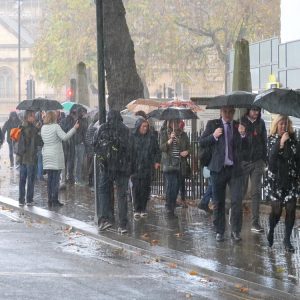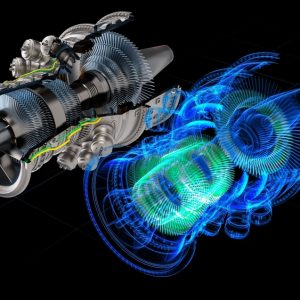
Shutterstock will use DALL-E 2, the generative AI tool developed by OpenAI to create its next tranche of stock pictures. The image library provider says it will compensate artists if their work was used in the creation of the model and inspired a generated picture sold to a customer.

The move is part of a strategic partnership between the two companies which began last year with Shutterstock providing images and labelling data to train DALL-E. OpenAI will provide API access to DALL-E, allowing Shutterstock to integrate a text-to-image generator into its platform.
These AI-generated image tools are controversial among artists and photographers. Many claim that the images rip off styles, colour pallets and ideas due to the fact the models were trained using real images from real artists, often scraped from large platforms without permission.
Shutterstock says it licenced its own library of images and labelling data to OpenAI. “The data was critical to the training of DALL-E,” said Sam Altman, OpenAI’s CEO. “We’re excited for Shutterstock to offer DALL-E images to its customers as one of the first deployments through our API, and we look forward to future collaborations as artificial intelligence becomes an integral part of artists’ creative workflows.”
Shutterstock says it is working on solutions to ensure those whose work was used to train DALL-E models are fairly compensated, as well as working with the wider community to create an ethical approach to the use of artificial intelligence.
As well as the compensation fund, Shutterstock says its R&D team will work on gathering insights related to AI-generated content, how it is used, how to best compensate original creators and “supercharge ethical, creative storytelling for all”.
Shutterstock DALL-E deal to provide compensation for artists
Described as an “important effort to protect the IP rights of its artists, photographers, and creators”, it will also ensure that there are licences and usage rights agreements for images generated based on the style of a specific artist or photographer.
“Shutterstock believes that AI-generated content is the cumulative effort of its contributing artists,” the company said in a statement. “In an effort to create a new industry standard and unlock new revenue streams for the company’s artist community, Shutterstock has also created the framework to provide additional compensation for artists whose works have contributed to develop the AI models.”
There are also plans to also compensate artists in the form of royalties if their intellectual property is used in an image generated by DALL-E and then sold to a customer of Shutterstock.
“The mediums to express creativity are constantly evolving and expanding,” said Paul Hennessy, Shutterstock CEO. “We recognise that it is our great responsibility to embrace this evolution and to ensure that the generative technology that drives innovation is grounded in ethical practices.”
He added that “this expert-level competency makes Shutterstock the ideal partner to help our creative community navigate this new technology. We’re committed to developing best practices and experiences to deliver on our purpose, which is to empower the world to create with confidence.”
DALL-E will be integrated into Shutterstock over the coming months, allowing customers to type in a description of the image they are looking for and have it produced automatically, which Shutterstock says will “improve creative workflows”.






